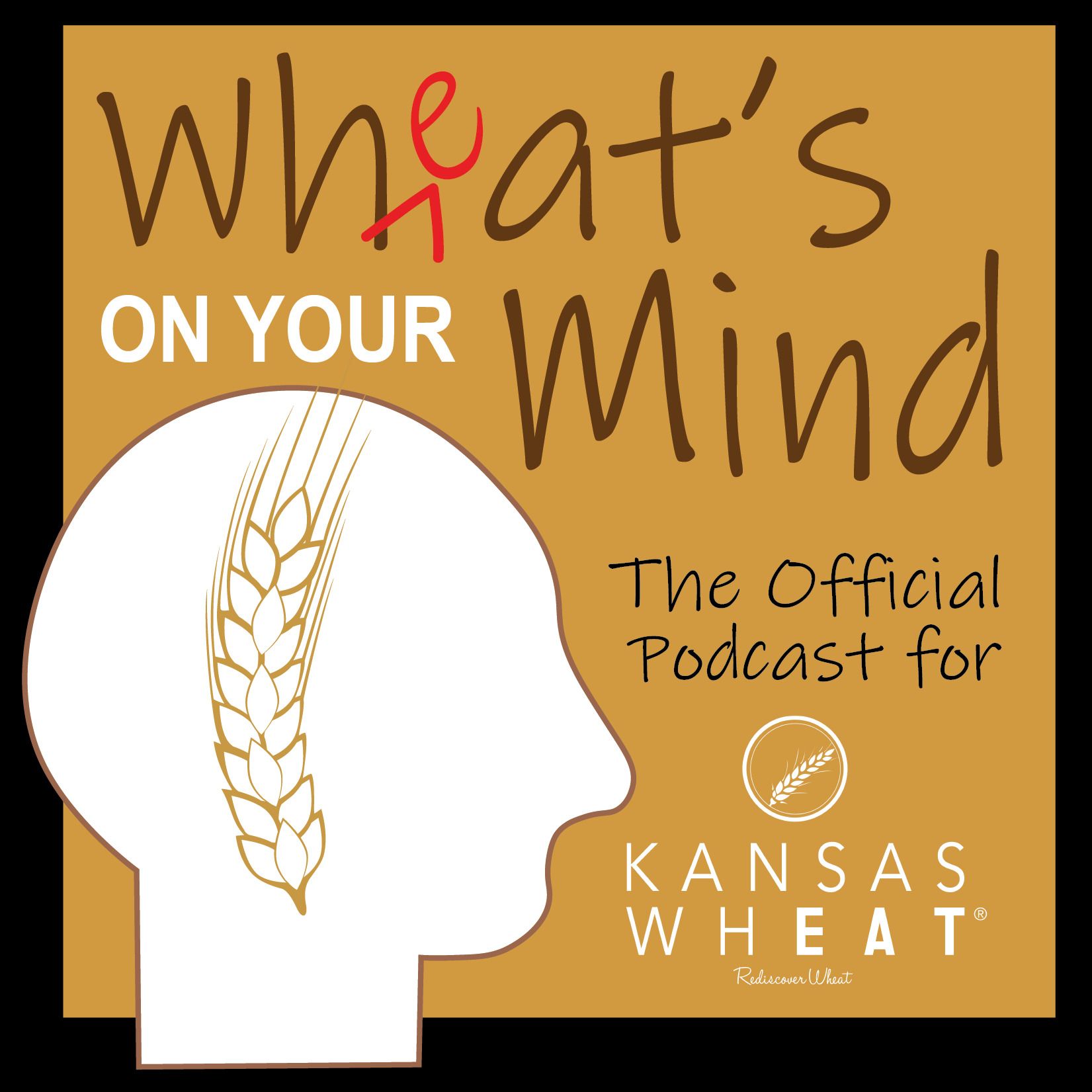WOYM - Why Wheat Still Matters: Economic Realities with Tanner Ehmke
Description
When crop prices are down and input costs are still sky-high, how are farmers deciding what to plant?
In this episode of Wheat’s on Your Mind, host Aaron Harries talks with Tanner Ehmke, Lead Economist at CoBank, about the tough decisions producers are making right now.
Tanner breaks down why wheat still plays a role in many rotations, even when margins are razor-thin.
He also explains how export demand—especially from Mexico—is offering a rare bright spot in an otherwise challenging outlook for grains.
From the impact of tariffs and fertilizer costs to the long-term future of wheat in drought-prone areas, Tanner offers insights that blend market analysis with on-the-ground understanding.
You’ll also hear how Farm Credit lenders and co-ops are adapting, what global players like Russia and Australia mean for U.S. producers, and what financial warning signs are flashing as we head into 2026.
It’s an episode full of clarity, context, and common sense for rural and ag-focused listeners.
Takeaways
- CoBank serves as a major lender within the Farm Credit System, supporting both local credit associations and cooperatives.
- Farmers are choosing crops based on the "least dirty shirt" principle—none are very profitable right now.
- Tariffs and elevated input costs are squeezing farm margins despite lower commodity prices.
- Wheat may gain ground in acreage due to lower production costs and available moisture.
- Russia’s and Australia’s crop sizes heavily impact global wheat prices and U.S. acreage trends.
- Mexican demand and rail logistics are driving strong wheat export performance.
- Corn acreage saw surprising growth, but future USDA revisions are likely to reflect weather damage.
- Lower irrigation capacity could boost small grains like triticale, rye, and wheat in the High Plains.
- The livestock side of agriculture is faring well, while row crop farmers face mounting financial stress.
- Co-ops benefit from higher volume harvests, but grain sorghum faces pricing and export challenges.
Timestamps
00:01 – Introduction to Tanner Ehmke and CoBank's mission
03:25 – Profitability decisions for Kansas crop producers
05:34 – Impact of input costs and tariffs on farmer choices
07:23 – Wheat acreage outlook and Russia's influence
09:36 – Fertilizer and input cost projections
11:24 – Export markets and Mexico's strategic importance
13:12 – Corn yield and acreage revisions
17:05 – Water scarcity and small grains potential
19:08 – Financial health of the ag economy and chapter 12 filings
24:44 – Co-ops and grain elevators: recovering from drought years
26:02 – Key economic indicators to watch: Fed, dollar, exports
27:37 – Where to find Tanner’s insights and subscribe to his newsletter
























